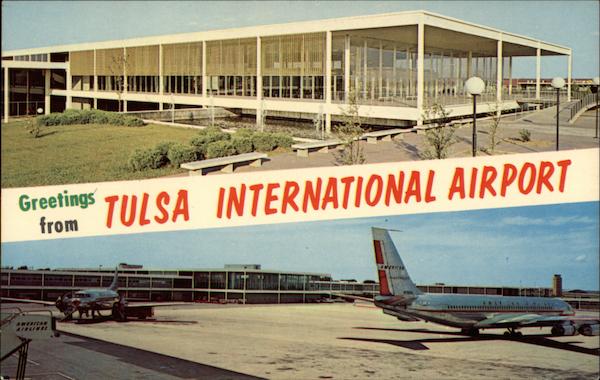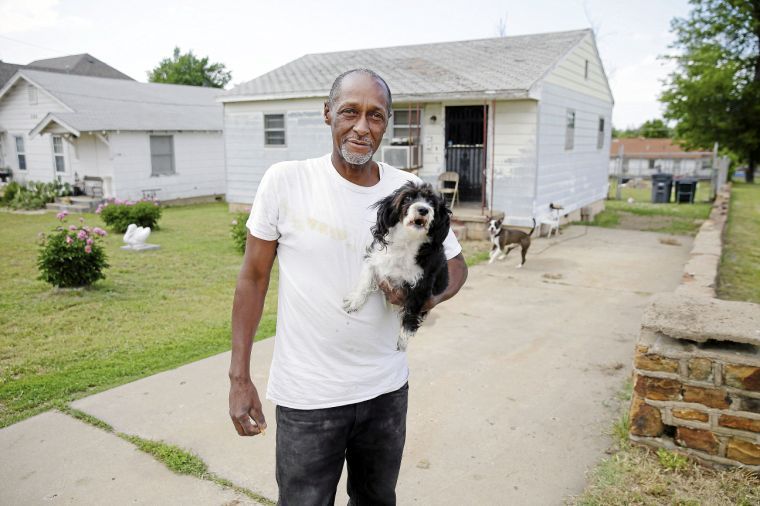

“After destroying the entire community, the white mob was then escorting people who survived to the convention center, which was used as an internment camp.”Ī group of Caucasian men in a car during the 1921 Tulsa Race Massacre. “It was late at night that they came in and started burning down and started looting Greenwood, killing people that they saw on site,” says Ricco Wright, the owner of Black Wall Street Gallery and a current candidate for Tulsa mayor. White Tulsans turned their anger toward the neighborhood. Greenwood residents came to protect the teen, but a confrontation outside turned deadly. That afternoon, an angry white mob gathered at the courthouse. On May 31, 1921, a black teenager was accused of assaulting a white woman in an elevator downtown. Especially to an area where there could be a mass-grave site, where black people were marched to internment centers, where black people were running and fleeing for their lives.” “This is considered sacred land by the black community,” says Mechelle Brown, the program coordinator at the Greenwood Cultural Center, who serves on the Historical Narrative Committee for the 1921 Tulsa Race Massacre Graves Investigation. Draw a circle that passes through these three sites and the Canes, and the BOK Center will lie in the middle. And to the east is the Oaklawn Cemetery, where more victims are believed to be buried. Directly north is the famous Brady Theater, where survivors of the massacre were rounded up at gunpoint and held. Northeast of the BOK Center is the historic Greenwood Avenue, which leads to the neighborhood where the massacre occurred. If you follow those tracks to the bank of the Arkansas River, a distance of about a half a mile, you come to “the Canes,” a place where historians and forensic archaeologists believe some of the victims of the massacre are buried in a mass grave.Īdam Serwer: ‘Protest is the highest form of patriotism’ If you stand at its western corner and face west, you can see a set of train tracks at the end of the block. The BOK Center spans four blocks in downtown Tulsa.


The history is buried underneath the skyline itself. Tulsa emerged amid a flurry of oil and land profits and decades of violence against its black and Native residents. But when thousands gather to hear him speak tomorrow, they will be standing on land already soaked in it. Trump’s rallies have been routinely denounced for encouraging and inciting racial violence. The city of Tulsa was the site of the 1921 Tulsa race massacre, when a white mob burned a prosperous black neighborhood to the ground, killing likely hundreds of black residents and leaving thousands of others homeless. After public outcry, the rally was moved by a day to tomorrow.īut the plan also drew criticism for the choice of location. The rally has been widely criticized because of concerns that it will spread the coronavirus, and because its original date-June 19-is Juneteenth, a holiday marking the day the last enslaved people in the former Confederacy gained their freedom. Tomorrow, in downtown Tulsa, Oklahoma, Donald Trump will hold his first campaign rally in more than 100 days.


 0 kommentar(er)
0 kommentar(er)
